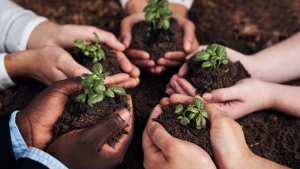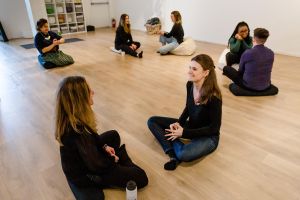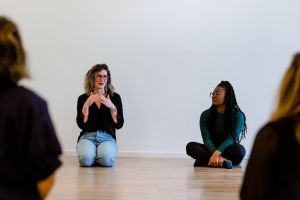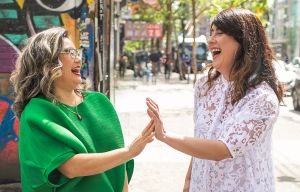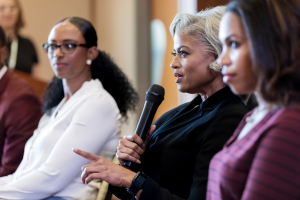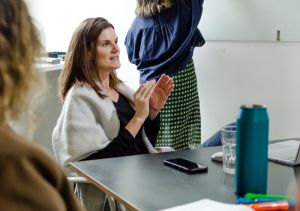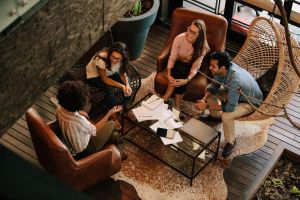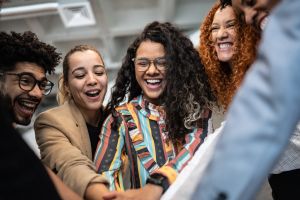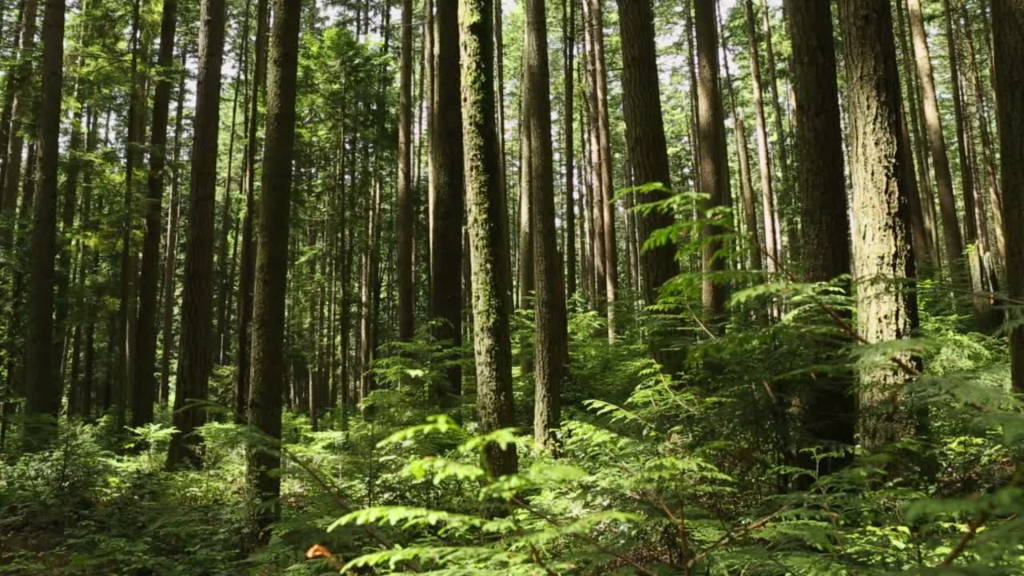
“Innovation” is a term usually associated with emerging technologies. When it comes up, we immediately think of something completely new – an idea that bubbled up out of original thought.
However, there is genius found in old ways of being as well. By reimagining systems that already exist in our ecosystem, we can uncover sustainable methods, designs and operational strategies that have been perfected over the course of existence.
This is the essence of Dr. Dayna Baumeister’s work at Biomimicry 3.8, “a consultancy that helps innovators find design solutions from nature’s wisdom.” As she beautifully describes, Biomimicry is the practice of learning from the natural systems and survival techniques of other organisms within our environment, and emulating them into the contexts of our own human ecosystems.
Trees for example, with their root systems and mycorrhizal networks (sometimes called the “Wood Wide Web”), show what a true circular economy can look like through collaboration, resource sharing and resilience. For a single tree to receive nourishment and survive, it relies on the diverse contributions of the vast, interconnected collective.
Sound familiar? Of course it does. As part of nature ourselves, we easily relate with the examples of other species and ecosystems, as both literal truth and as metaphor.
“When we’re connected with nature and we see all of the interconnected and the interdependent elements, then we’re just better designers,” says Baumeister in this excellent article about “Biomimicry in Packaging” (lots to glean here beyond product packaging!).
I’ve been a student of biomimicry for some time, and often reflect on what I’ve learned from folks like Baumeister and others’ (including Indigenous teachers) as I tune into the natural world for wisdom and guidance in designing solutions for the businesses and ecosystems I participate in. I find biomimicry offers useful provocations for aligning my work with my vision for a healthy planet.
How might we co-create systems of symbiotic relationships in the local communities where we share responsibility for environmental stewardship? And how do we hold ourselves accountable to go beyond box-checking to designing systems/businesses/products/services that are truly circular and regenerative?
We start by centring relationships and acknowledging the innate intelligence and interconnectedness of all beings. That takes curiosity, humility, and space for observation and contemplation. A great place to practice is in nature itself. Which is where you’ll find me over much of the next two weeks, as I participate in two separate retreats to cultivate a deeper relationship with myself, a reciprocal relationship with Mother Earth, and a deeper understanding of the interconnectedness of all life.
What about you? What practices support you to learn from Life and integrate the lessons of interdependence into the design of your business and work praxis?

By Tania Lo
Tania Lo is Co-CEO of Tandem, Co-Founder of Audaxa Ventures and Co-Founder & CFO of The Alinker Inventions Ltd. She also serves as Leadership & Economic Reconciliation Specialist at Reconciliation Canada. An edgerunner, innovator, connector and multi-specialist, Tania is passionate about building relationships and community through shared trust and accountability. She is based in so-called Vancouver, the traditional, ancestral and unceded land of the Coast Salish, Musqueam and Squamish peoples.
Lean into your growth edge
Edgerunners operate at the forefront of change and innovation, nurturing ecosystems that regenerate in collaboration with the people and forces around them.
Get Edgerunners delivered to your inbox bi-weekly.
Also on our blog



